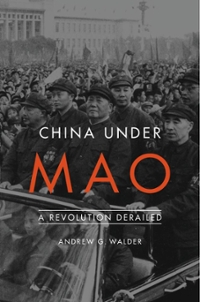Question
28. A price discriminating monopoly is a. illegal c. trying to maximize its profit b. dis-serving the society d. not ethical e. none of the
28. A price discriminating monopoly is a. illegal c. trying to maximize its profit b. dis-serving the society d. not ethical e. none of the above. 29. Homogeneous products are a. pasteurized c. perceived by the consumer to be identical b. bland d. made by one manufacturer e. made by hand
30. Which of the following is true of the monopoly? a. there are no barriers to entry. b. the firm is a price taker c. there are no close substitutes for the product being produced d. there are many firms in the industry e. the firm faces a horizontal demand curve.
31. The demand curve faced by a firm with a patent on a marketable product a. is horizontal c. slopes upward b. is vertical d. slopes downward e. is nonexistent
32. A monopolist earning economic profit in the short run determines that at its present level of output, marginal revenue is $23 and marginal cost is $30. Which of the following should the firm do to increase profit? a. raise price and lower the output c. raise price and raise output b. lower price and lower output d. lower price and raise output e. lower output but leave price unchanged
33. Relative to a perfectly competitive market, as long as the monopolist does not benefit from substantial economies of scale, a. price and quantity are higher under monopoly b. price and quantity are lower under monopoly c. quantity is higher and price is lower under monopoly d. quantity is lower and price is higher under monopoly e. there are no differences in price and quantity.
Step by Step Solution
There are 3 Steps involved in it
Step: 1

Get Instant Access to Expert-Tailored Solutions
See step-by-step solutions with expert insights and AI powered tools for academic success
Step: 2

Step: 3

Ace Your Homework with AI
Get the answers you need in no time with our AI-driven, step-by-step assistance
Get Started


